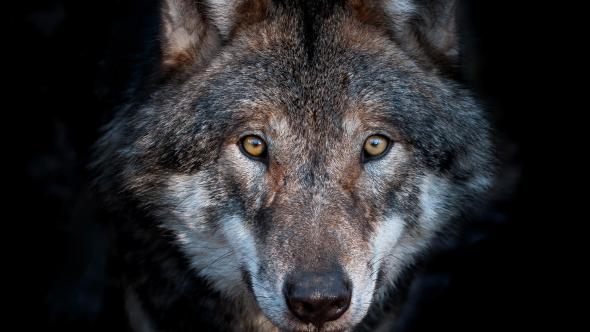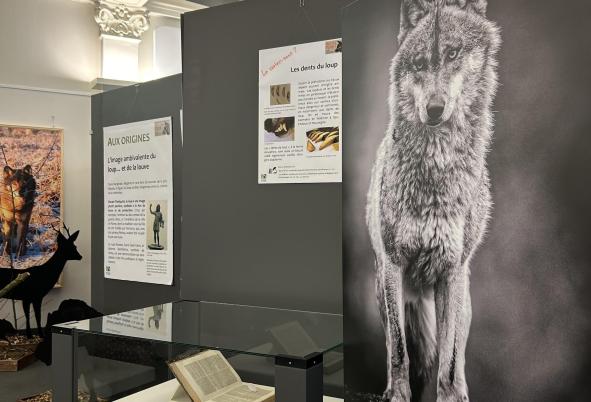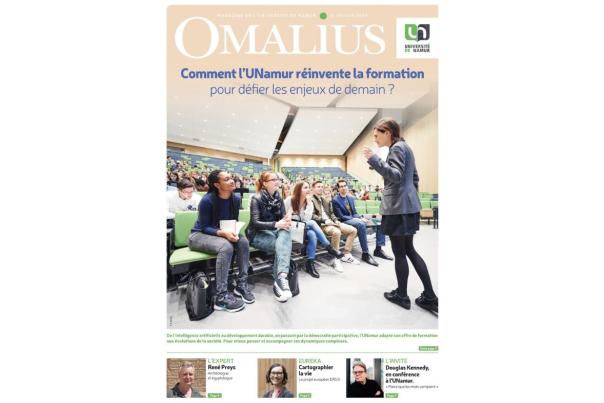The "Même pas peur! between education, experience and commitment
The wolf, long banished from our lands, has made a remarkable comeback in Wallonia since 2016. This mysterious being, now protected, arouses as much fascination as fear. Through an exhibition, held as part of the Cultural Project course, third-year history bachelor students have traced the history of the wolf. From April 11 to 27, 2024, the exhibition entitled "Même pas peur! Une évolution de l'image du loup à travers les siècles" invited audiences to plunge into the heart of a historical exploration.



